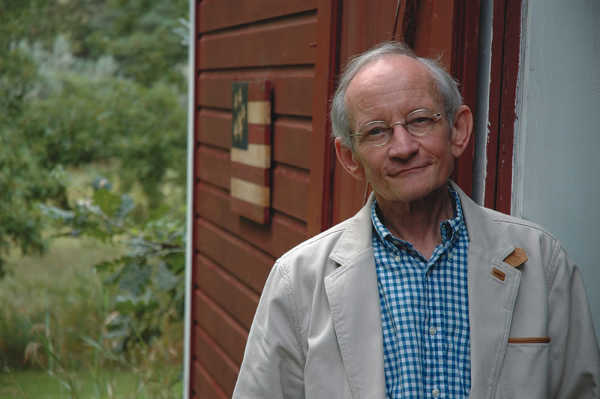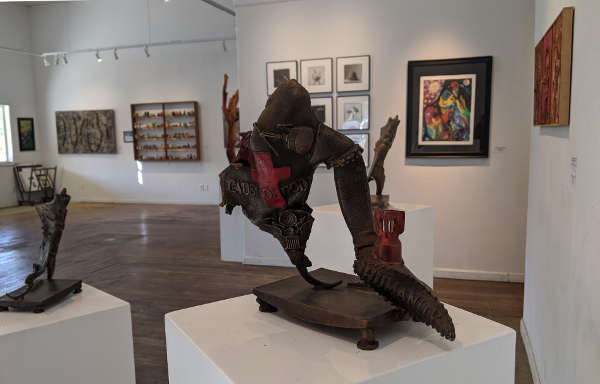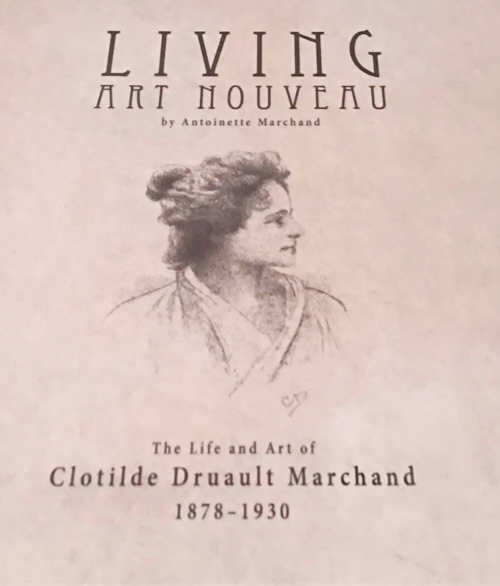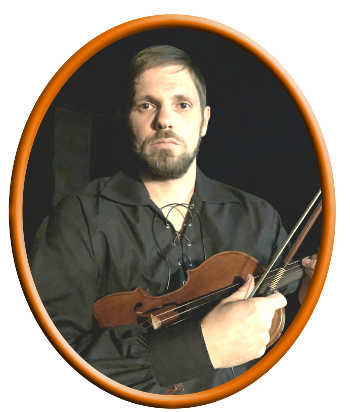- Ted Kooser
- Posted On
American Life in Poetry: A Drink of Water

I highly recommend a new anthology called Healing the Divide: Poems of Kindness and Connection, edited by James Crews and published by Green Writers Press in Brattleboro, Vermont.
Here's just one of the many fine poems, this one by Jeffrey Harrison, whose poetry we've published here before.
His most recent book is “Into Daylight” (Tupelo Press), in which this poem was originally published, and he makes his home in Massachusetts.
A Drink of Water
When my nineteen-year-old son turns on the kitchen tap
and leans down over the sink and tilts his head sideways
to drink directly from the stream of cool water,
I think of my older brother, now almost ten years gone,
who used to do the same thing at that age;
And when he lifts his head back up and, satisfied,
wipes the water dripping from his cheek
with his shirtsleeve, it's the same casual gesture
my brother used to make; and I don't tell him
to use a glass, the way our father told my brother,
because I like remembering my brother
when he was young, decades before anything
went wrong, and I like the way my son
becomes a little more my brother for a moment
through this small habit born of a simple need,
which, natural and unprompted, ties them together
across the bounds of death, and across time . . .
as if the clear stream flowed between two worlds
and entered this one through the kitchen faucet,
my son and brother drinking the same water.
American Life in Poetry does not accept unsolicited manuscripts. It is made possible by The Poetry Foundation, publisher of Poetry magazine. It is also supported by the Department of English at the University of Nebraska, Lincoln. Poem copyright ©2014 by Jeffrey Harrison, "A Drink of Water," from Healing the Divide: Poems of Kindness & Connection, ed., James Crews, (Green Writers Press, 2019). Poem reprinted by permission of Jeffrey Harrison and the publisher. Introduction copyright @2019 by The Poetry Foundation. The introduction’s author, Ted Kooser, served as United States Poet Laureate Consultant in Poetry to the Library of Congress from 2004-2006.










